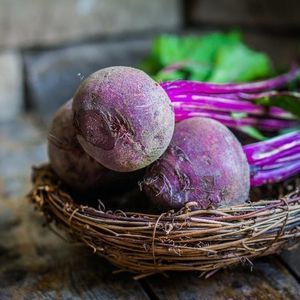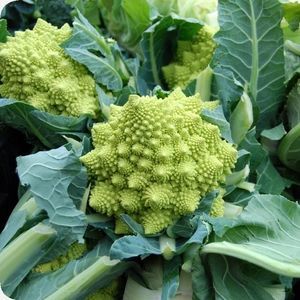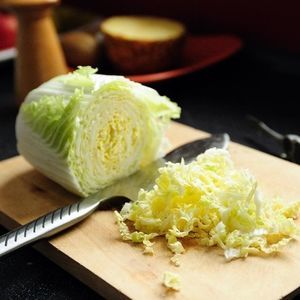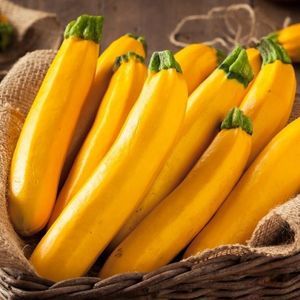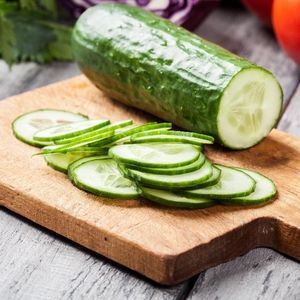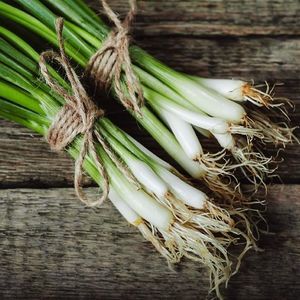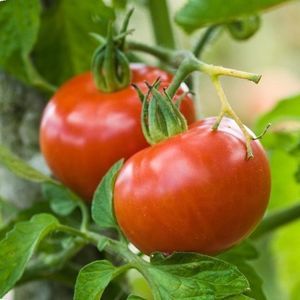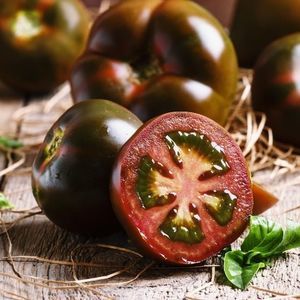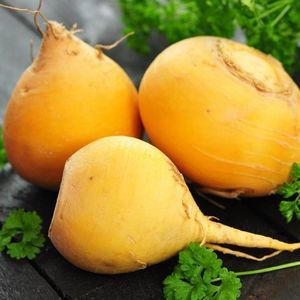
- Seeds and crop inputs
- Seed & plant
- Biological coriander seed
- MSL GmbH & Co. KG
Biological coriander seed 15307
Add to favorites
Compare this product
fo_shop_gate_exact_title
Characteristics
- Other characteristics
- biological
Description
Coriander is sometimes called Chinese parsley because the leaves of Coriander and parsley look much alike. The taste, however, is completely different – Coriander is intensely spicy and aromatic. During late summer the flowers of the plant produce spherical schizocarpic fruits with a yellowish-brown colour. Unlike parsley, where mostly only the leaves are being used as seasoning, in Coriander also the stems and seeds are being utilized.
Natural location: Coriander originally comes from the eastern Mediterranean.
In the kitchen: The harvest season starts under normal summer conditions in June. Especially the young leaves have a finer taste. Cut the whole shoots near the ground or pick single leaves – best from top to bottom. You may chop up the Coriander and freeze it straight after picking. Coriander has substantially characterized the Latin American and Asian cuisine. Since the herb is rather sensitive to heat, it should only be added at the end of the cooking process, as the aroma will fade otherwise. Coriander can be used to refine rice, meat and fish dishes, as well as salads, soups, vegetables and curries. If you intend to use the leaves of the plant, flowering should be prolonged as much as possible. Once the flower buds have opened up, the Coriander plant focusses all its energy on developing the seed stems, a process that affects the flavour of the green parts of the plant.
Catalogs
Organic - Coriander
1 Pages
Related Searches
*Prices are pre-tax. They exclude delivery charges and customs duties and do not include additional charges for installation or activation options. Prices are indicative only and may vary by country, with changes to the cost of raw materials and exchange rates.









